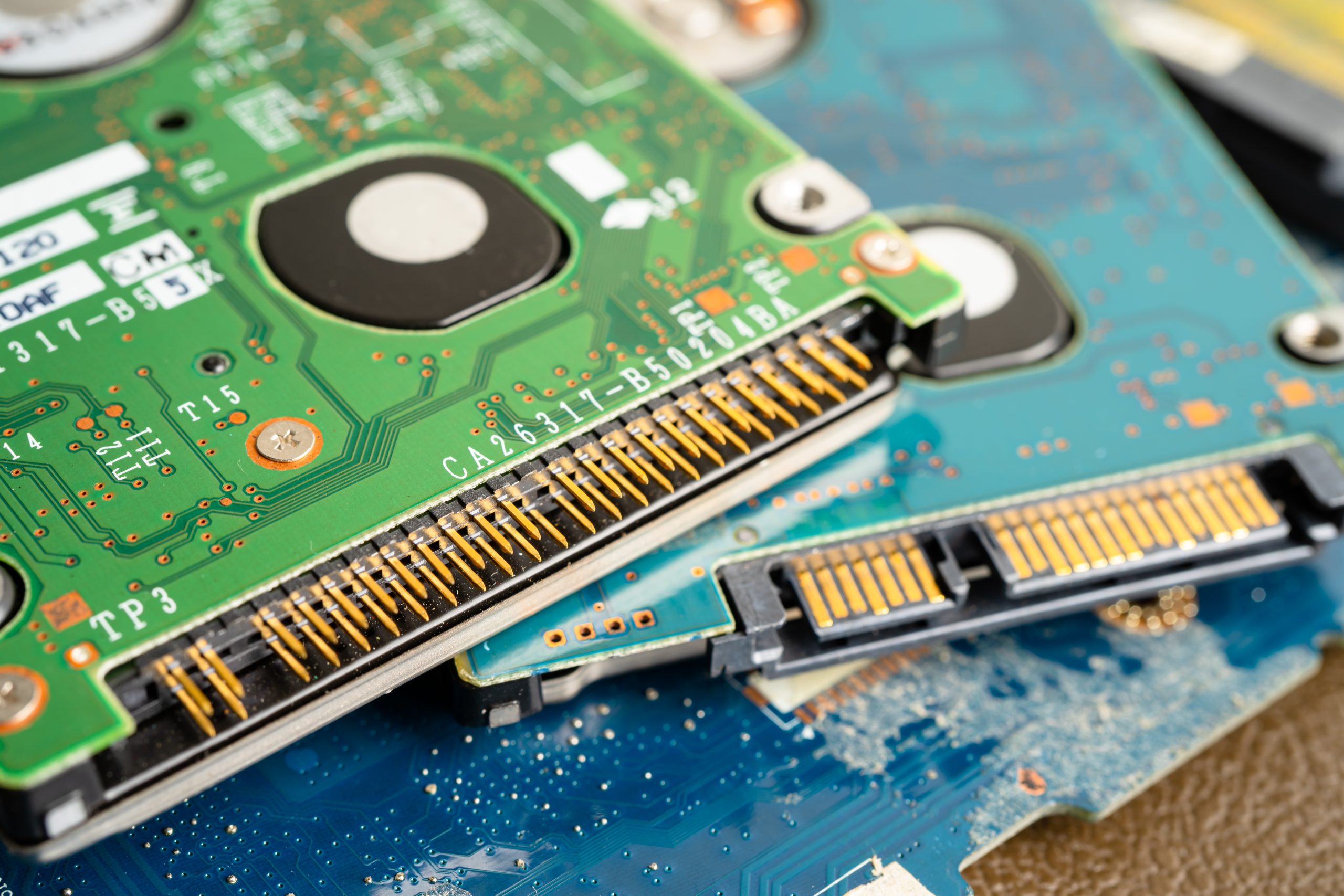The Ultimate Guide to Compliant Hard Drive Destruction
What is hard drive destruction?
Hard drive destruction is the process of permanently rendering data on a hard drive unreadable and unrecoverable. Unlike simply deleting files or reformatting, hard drive destruction ensures that sensitive information cannot be retrieved by unauthorized parties. There are several methods, from software-based wiping, to physically shredding the drive into tiny pieces. Choosing the right option depends on how sensitive the data is and what compliance standards you need to meet.
Why does it matter?
With increasing data privacy regulations worldwide, proper hard drive destruction is no longer optional, it’s a compliance requirement. Mishandling data at the end of its lifecycle can expose your business to lawsuits, fines and reputational damage.
- HIPAA/PHIPA (Canada): Healthcare organizations are required to dispose of electronic health information in a way that’s “unreadable, indecipherable, and cannot be reconstructed” (Source).
- GDPR: Under Europe’s General Data Protection Regulation, businesses must securely erase personal data once it’s no longer needed, which includes data sitting on old hard drives. (Source)
In 2022, a prominent investment banking company received $35 million in penalties after failing to properly dispose of retired IT equipment, proving that even large enterprises aren’t immune to costly mistakes. (Source) Secure data destruction is essential, and relying on the right ITAD services can help businesses remain compliant and protected.
Hard drive wiping vs hard drive shredding: which is best?
When it comes to destroying a hard drive, most businesses weigh two options: wiping or shredding.
- Wiping: This uses certified software to overwrite the data with random code, making the original content unrecoverable. This allows the drive to be reused or resold if desired.
- Shredding: Drives are mechanically shredded into tiny particles, ensuring absolute destruction. This is ideal for highly sensitive or regulated industries where reuse isn’t possible.
If you want to prioritize reuse, wiping may be the right choice for your business. If you’re dealing with highly sensitive data or strict compliance standards, shredding gives you the highest security assurance. Many companies use a mix of both wiping and shredding when disposing of data.
Common destruction methods
There’s more than one way to permanently eliminate a hard drive:
- Degaussing: A powerful magnetic field erases the data. This method works on older magnetic drives but not solid-state drives (SSDs).
- Shredding: Industrial shredders grind the hard drives into tiny pieces, making data recovery impossible.
- Crushing: Hydraulic crushers puncture and bend the drive, destroying the internal platters.
Each method has its place, but the key is making sure it’s carried out securely and in compliance with industry standards.
Experience in your corner
At EPC, Inc., we’ve spent decades helping organizations securely manage their IT assets, including end-of-life data destruction. As a wholly owned subsidiary of CSI Leasing, we combine global reach with local expertise.
- Certified processes: EPC follows NIST guidelines and holds internationally recognized certifications to ensure compliance.
- Proven expertise: Our teams help healthcare providers, financial institutions, governments and enterprises worldwide.
- Your next step: Don’t leave compliance to chance. Contact EPC today for a secure consultation and learn how we can protect your business at every stage of the IT lifecycle.
